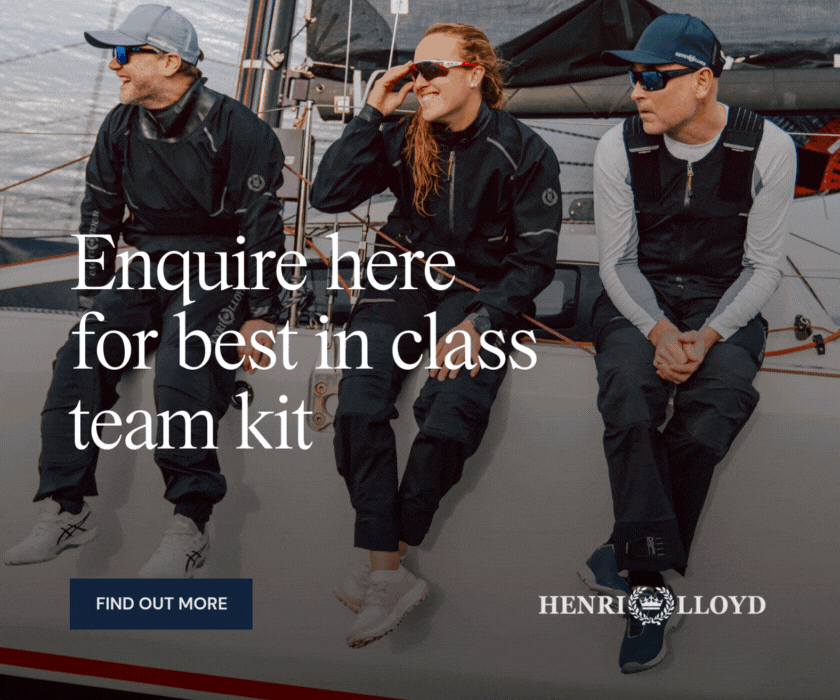
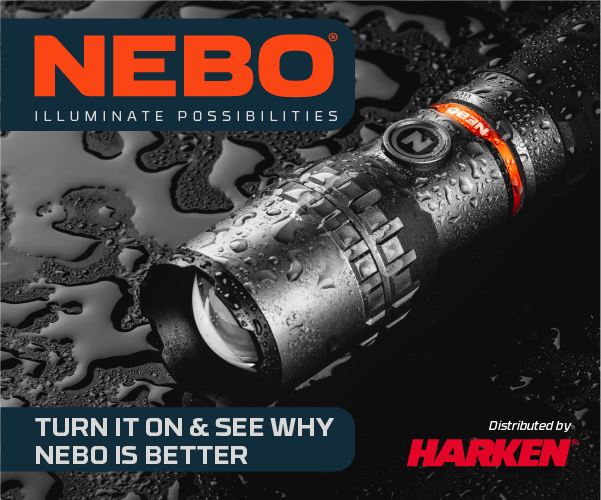
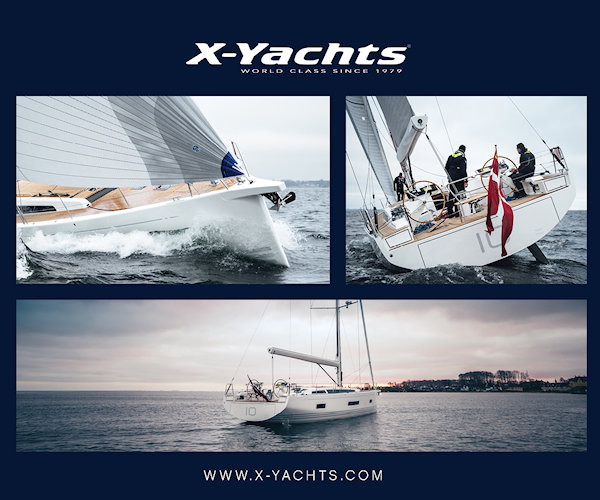
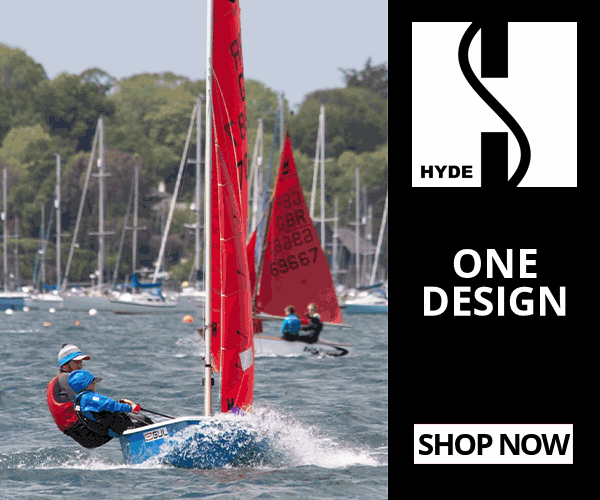
-(1)-202408140552.gif)
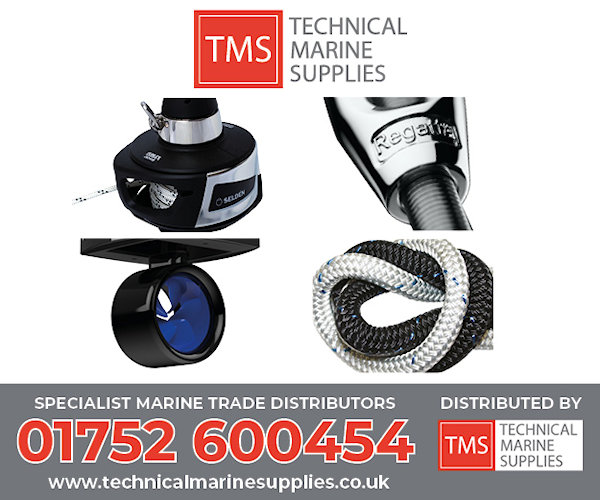

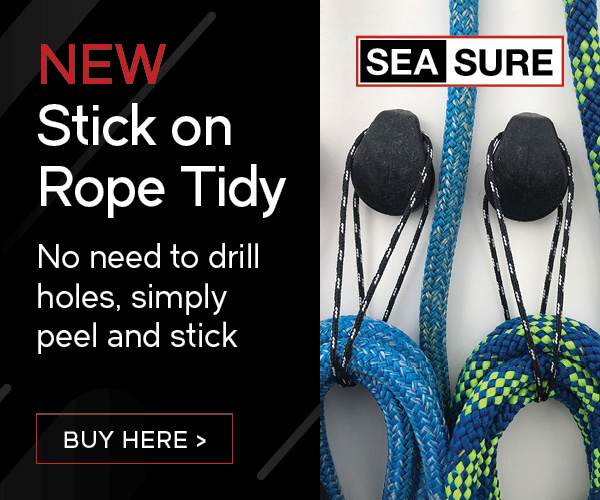

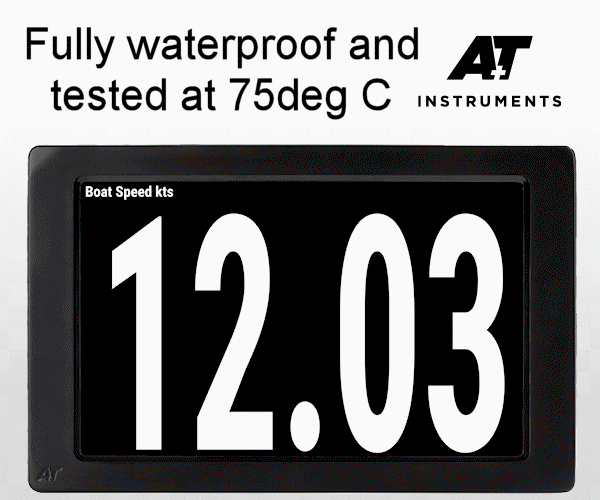
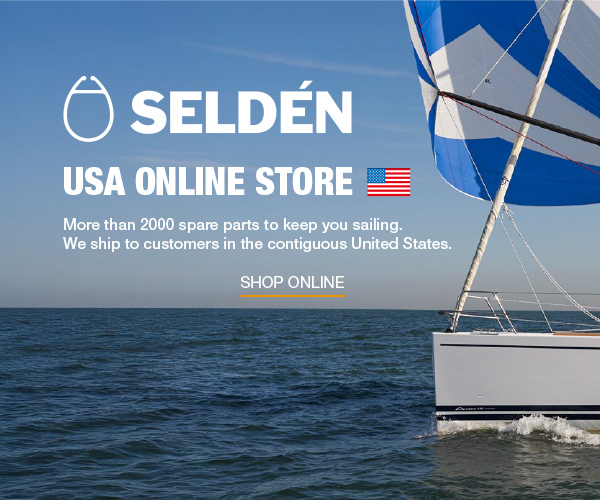
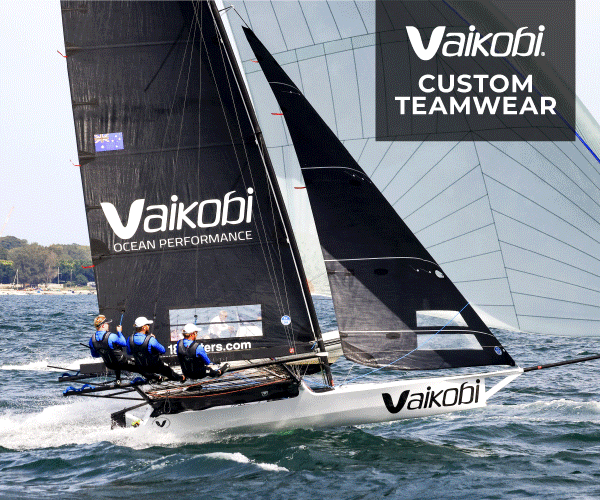

| Laser 28 - Excellent example of this great design Hamble le rice |
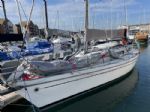 |
| Laser 140101 Tynemouth |
 |
| Rossiter Pintail Mortagne sur Gironde, near Bordeaux |
 |
List classes of boat for sale |
Performance Factors |
Post Reply 
|
Page <1234> |
| Author | |
mike ellis 
Really should get out more 
Joined: 30 Dec 05 Location: United Kingdom Online Status: Offline Posts: 2339 |
 Post Options Post Options
 Quote Quote  Reply Reply
 Topic: Performance Factors Topic: Performance FactorsPosted: 21 Aug 07 at 12:55pm |
A what????? |
|
|
600 732, will call it Sticks and Stones when i get round to it.
Also International 14, 1318 |
|
 |
|
English Dave 
Really should get out more 
Joined: 10 Aug 06 Location: Northern Ireland Online Status: Offline Posts: 682 |
 Post Options Post Options
 Quote Quote  Reply Reply
 Posted: 21 Aug 07 at 12:23pm Posted: 21 Aug 07 at 12:23pm |
|
As I think I alluded Jim, "old-style" is a relative term. As an assymetric boat with a fair amount of canvas th 400 is going to have to plane well to make the angles pay. However, its design is not as uncompromising as that of the skiffs. I only mentioned it because Redback had made the comparison between 400, 800 and 4000. I'm with you on Laurie Smith. Fortunately Andrew Preece seems to have done pretty much all the writing. You are right to say that cats are unrepresentative but then so are skiffs to that majority of boats that occupy the middle ground. Hull speed and the associated wave drag are dealt with differently, that's all. The skiff does it by overtaking the wave (planing) while the cat has such a high K-factor that wave drag is minimised. Cats have some advantage here in that they do not need the grunt to get onto the plane and so all their sails can be extremely high aspect. Once on the plane, however, the skiff is having to overcome a lot less drag to maintain its speed and sail efficiency rather than size is what matters. |
|
 |
|
Scooby_simon 
Really should get out more 
Joined: 02 Apr 04 Location: United Kingdom Online Status: Offline Posts: 2415 |
 Post Options Post Options
 Quote Quote  Reply Reply
 Posted: 21 Aug 07 at 11:19am Posted: 21 Aug 07 at 11:19am |
|
Someone mention SCHRS
|
|
|
Wanna learn to Ski - PM me..
|
|
 |
|
JimC 
Really should get out more 

Joined: 17 May 04 Location: United Kingdom Online Status: Offline Posts: 6662 |
 Post Options Post Options
 Quote Quote  Reply Reply
 Posted: 21 Aug 07 at 11:19am Posted: 21 Aug 07 at 11:19am |
|
Cat Handicaps are far more predictable than monohull ones, and with wave drag so much less of an issue the parameters are quite different so I wouldn't spend too much time trying to relate the SCHRS factors for monohulls if I were you. Bethwaite is by far the best book, but he has a bit of a tendency to be over Sydney centric, and the book is rather out of date in some areas. To be fair though it was published in 1993, and much of it was probably written in the late 80s.
To call the 400 hull form "Old style" is unfair. Morrison has consistently evolved hull shapes down a very different route to the skiffs, concentrating as much as anything else on low wetted area, and he's phenomenally good at doing that. When I dialled the International Canoe he's recently drawn into the PC I couldn't believe how low he'd got the wetted area figure without much of a compromise on other factors. A very clever shape and a very clever designer, even if it isn't especially my choice of style of boat. Lawrie Smith has some ideas that are not altogether founded in the science, so I hope he mainly contributed his name to the other book and Andrew Preece did the work. |
|
 |
|
English Dave 
Really should get out more 
Joined: 10 Aug 06 Location: Northern Ireland Online Status: Offline Posts: 682 |
 Post Options Post Options
 Quote Quote  Reply Reply
 Posted: 21 Aug 07 at 10:49am Posted: 21 Aug 07 at 10:49am |
|
Hang on, this is turning into a skiff-only thread! The reason the 400 is relatively good in the light airs is that it has an "old-style" hull-plan - one that compromises between displacement and planing sailing. In the light stuff it's hull is sufficiently hydrodynamic to cut the water better than a 4000. However, when the wind gets up a bit, its rounded aft section doesn't pop onto the plane as quickly as a skiff with a ultra-wide chined stern. Now all things are relative and the 400 has a more of a planing hull than, say, an Albacore. The amount of sail you carry is relatve to the righting moment you can produce. The most efficient sails are those with a high aspect ratio as they minise drag against lift. However, they also the least forgiving of inappropriate sheeting angle. The same is true for foils. Long skinny boards and rudders are the most efficient but you have to be moving fast for them to work. And they stall more easily than chubby centre-boards. Once you get your weight out-board on the wire, you are loading up the foils, forcing them to work harder and produce more lift. At that point a lighter craft will be more responsive. When you are in-board however, all-up weight of crew plus boat is what matters and a carbon tiller can be offset by a full bladder Catamaran's break most of the rules above as they are generally displacement-only craft. They go very fast for their length due to the narrow section of their hull which allows a higher hull-speed. However, their designs are now starting to look towards some element of a planing hull in their designs - I know this is true of the F18 Capricorn and there must be others. But, for the geeks amongst us, it's well worth looking at how the SCHRS cat handicap formula works. It's fairly reliable for all cats and shows where the emphasis of weight vs sail area vs hull length goes. Although SCHRS doesn't cover monohulls the laws of physics are the same so you should be able to get some idea of the importance of the various factors. The other good source for anyone wanting to bluff their way in marine architecture is "Sailpower - The Science of Speed" by Laurie Smith and Andrew Preece. Foiling boats like the Moth occupy the same sort of lack of compromise as the 12'. Dogs in displacement mode but lighting fast once up to the speed at which they are designed to sail. The problem lies in getting them to that speed and then keeping them there. Appologies if I have got anything wrong but I think it's generally correct. |
|
 |
|
Iain C 
Really should get out more 
Joined: 16 Mar 04 Location: United Kingdom Online Status: Offline Posts: 1113 |
 Post Options Post Options
 Quote Quote  Reply Reply
 Posted: 21 Aug 07 at 9:27am Posted: 21 Aug 07 at 9:27am |
|
Hmmm, I actually thought we (12) was sailing lower than the 14 downwind but I'll stand corrected. You were certainly outpointing us uphill! Thinking about it we were probably sailing artificially high to try and get the reach down into Toft Bay and also give us a few options if a big gust came in. We were on the knots with the main well out for a lot of it, there was the anchored committee boat that seemed to be in the way most of the time too (as a 20 foot boat would be on 700 acres...) I think if we had been VMGing it then we would have poked it a bit lower and also sailed a bit flatter. Don't suppose you had a GPS on board did you? Be interesting to compare tracks... |
|
|
RS700 GBR922 "Wirespeed"
Fireball GBR14474 "Eleven Parsecs" Enterprise GBR21970 Bavaria 32 GBR4755L "Adastra" |
|
 |
|
getafix 
Really should get out more 

Joined: 28 Mar 06 Location: United Kingdom Online Status: Offline Posts: 2143 |
 Post Options Post Options
 Quote Quote  Reply Reply
 Posted: 21 Aug 07 at 9:17am Posted: 21 Aug 07 at 9:17am |
|
One thing that also needs to be taken into account is foils, with the
current trend towards foils that produce lift or increase/decrease drag
it's possible to compensate lift for the traditional speed ingredients
(like length of hull) by moving to an ultra low weight hull with
minimal aerodynamic profile (so it cuts the air efficiently rather than
hydro-dynamic as it's not in the water that much anymore) - if you're
'flying' on your foils, you also don't need a huge sail, rather an
efficient 'wing' that works to keep the flow moving over a huge rag
that produces tons of power you don't now need - foiling moth is a
prime example but I notice there's now foiling multihulls, foiling
skiffs.... how long before someone re-hashes a boat like a B14 or 49er
with lifting foils to produce a much faster dinghy?
|
|
|
Feeling sorry for vegans since it became the latest fad to claim you are one
|
|
 |
|
JimC 
Really should get out more 

Joined: 17 May 04 Location: United Kingdom Online Status: Offline Posts: 6662 |
 Post Options Post Options
 Quote Quote  Reply Reply
 Posted: 21 Aug 07 at 8:46am Posted: 21 Aug 07 at 8:46am |
|
With huge rigs, big righting moent and all the rest of it length isn't as big a deal as it used to be - from 95% down to maybe 85% of performance... But the thing that people tend to miss is that you have to add huge amounts of rag and righting moment to make up for really quite small differences in length. If you add 10% extra length it makes quite a difference, but 10% extra rag is damn all...
|
|
 |
|
charlie1019 
Posting king 
Joined: 28 Nov 05 Online Status: Offline Posts: 173 |
 Post Options Post Options
 Quote Quote  Reply Reply
 Posted: 21 Aug 07 at 7:52am Posted: 21 Aug 07 at 7:52am |
|
Would have been interesting to have had a bit of a race with the 12 on sunday to see how the different advatages would have worked out over the course. From our perspective (in the 14) we certainly pointed higher up wind at a similar boat speed until the wind piped up - then needed more rake! The bit I thought was the most interesting was how high you were sailing down wind even with the bigger kite. We just could not wind the 14 up that high without the apparent wind pushing us way off to leward? An example of a more efficient kite shape?? I don't know. The thing that makes the biggest difference to our speed is our T foil - let it off up wind and the boat feels like its stopped! Pull it on down wind and again you can really feel the boat lower it nose and accelerate, or alternativly, as we were doing sunday afternoon leave it off for the more impressive ride (or lazyness - afterall we weren't racing). If we were racing a windward leward somewhere small, I'd certainly favour the chute option over the bags... plus easier when swimming
|
|
 |
|
Blobby 
Really should get out more 
Joined: 07 May 04 Location: Australia Online Status: Offline Posts: 779 |
 Post Options Post Options
 Quote Quote  Reply Reply
 Posted: 21 Aug 07 at 2:37am Posted: 21 Aug 07 at 2:37am |
|
If I put it in my simple terms, straight line performance is about drag versus power. However, as the ad says, power is nothing without control. If you want to perform, then surely the foiling moths show that what is important is low drag in a controllable package (without the auto-wand on the Moth the controllable bit isn't there and you don't go very far). So, if you colour the picture on all the things listed above with the ability to maintain control, then you get a pretty good picture of each. Length - reduces drag at displacement speeds and improves controllability at higher speeds. Weight - need to differentiate here between moveable ballast and fixed ballast - lighter fixed weight is generally faster but too light and the lack of momentum starts to hurt. More moveable ballast is generally better and the more it can be moved the better (in general) - but then you get back to the limits of control. Righting Moment - more is generally better but there are limits as you still have to control the beast (18' skiffs on Waterloo Bay versus Sydney Harbour is the classic example - smooth wind in Waterloo bay made control easier so the boats got wider and faster). Sail Area - more is better up to the limit of control / power etc etc etc etc.
|
|
|
One step forwards, 2 steps back...
|
|
 |
|
Post Reply 
|
Page <1234> |
| Forum Jump | Forum Permissions  You cannot post new topics in this forum You cannot reply to topics in this forum You cannot delete your posts in this forum You cannot edit your posts in this forum You cannot create polls in this forum You cannot vote in polls in this forum |
Copyright ©2001-2010 Web Wiz
Change your personal settings, or read our privacy policy












 Printable Version
Printable Version Delicious
Delicious Digg
Digg Facebook
Facebook Furl
Furl Google
Google MySpace
MySpace Newsvine
Newsvine reddit
reddit StumbleUpon
StumbleUpon Twitter
Twitter Windows Live
Windows Live Yahoo Bookmarks
Yahoo Bookmarks Topic Options
Topic Options

 !
!